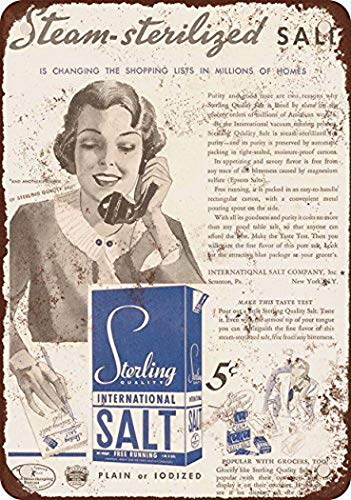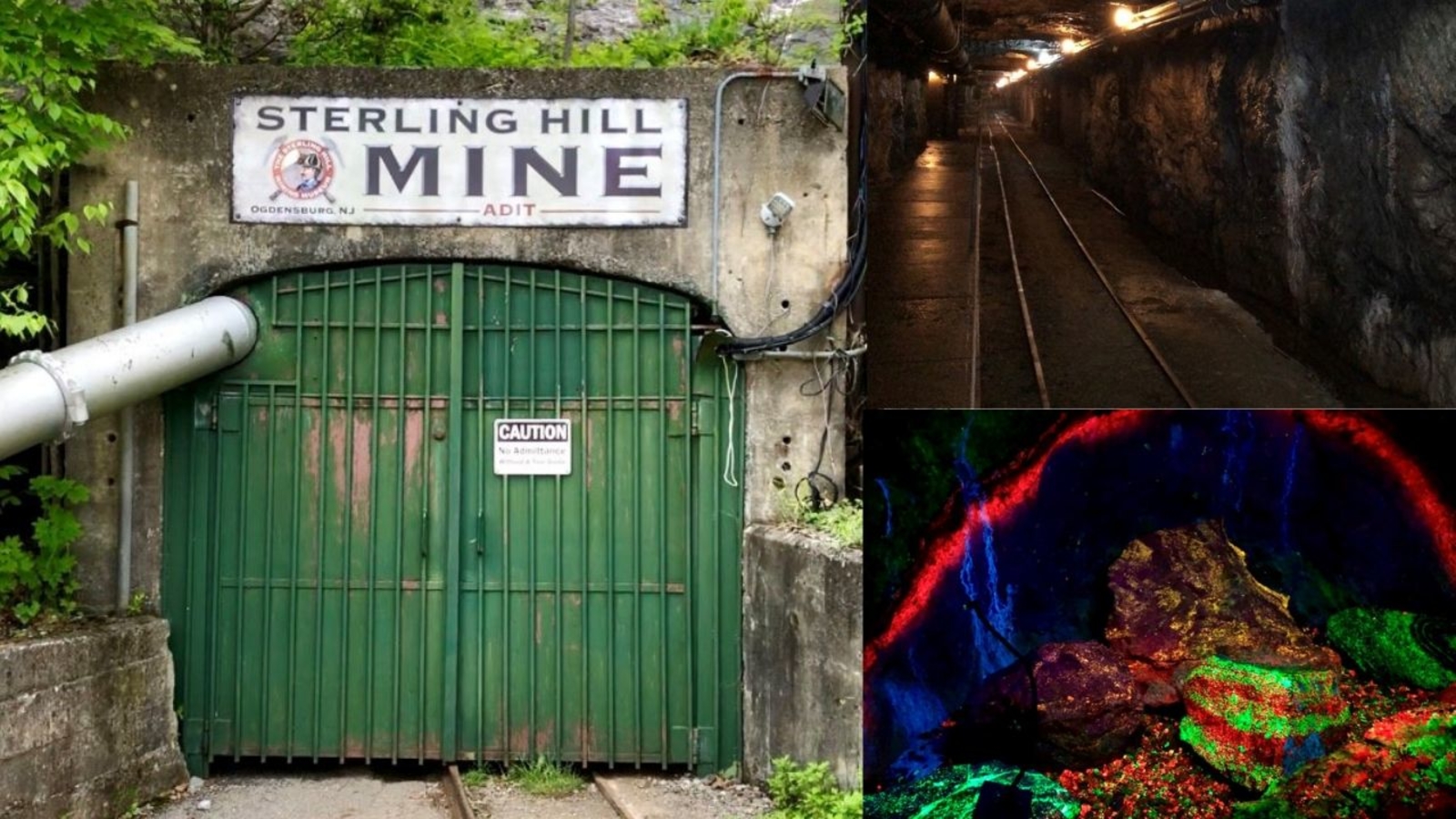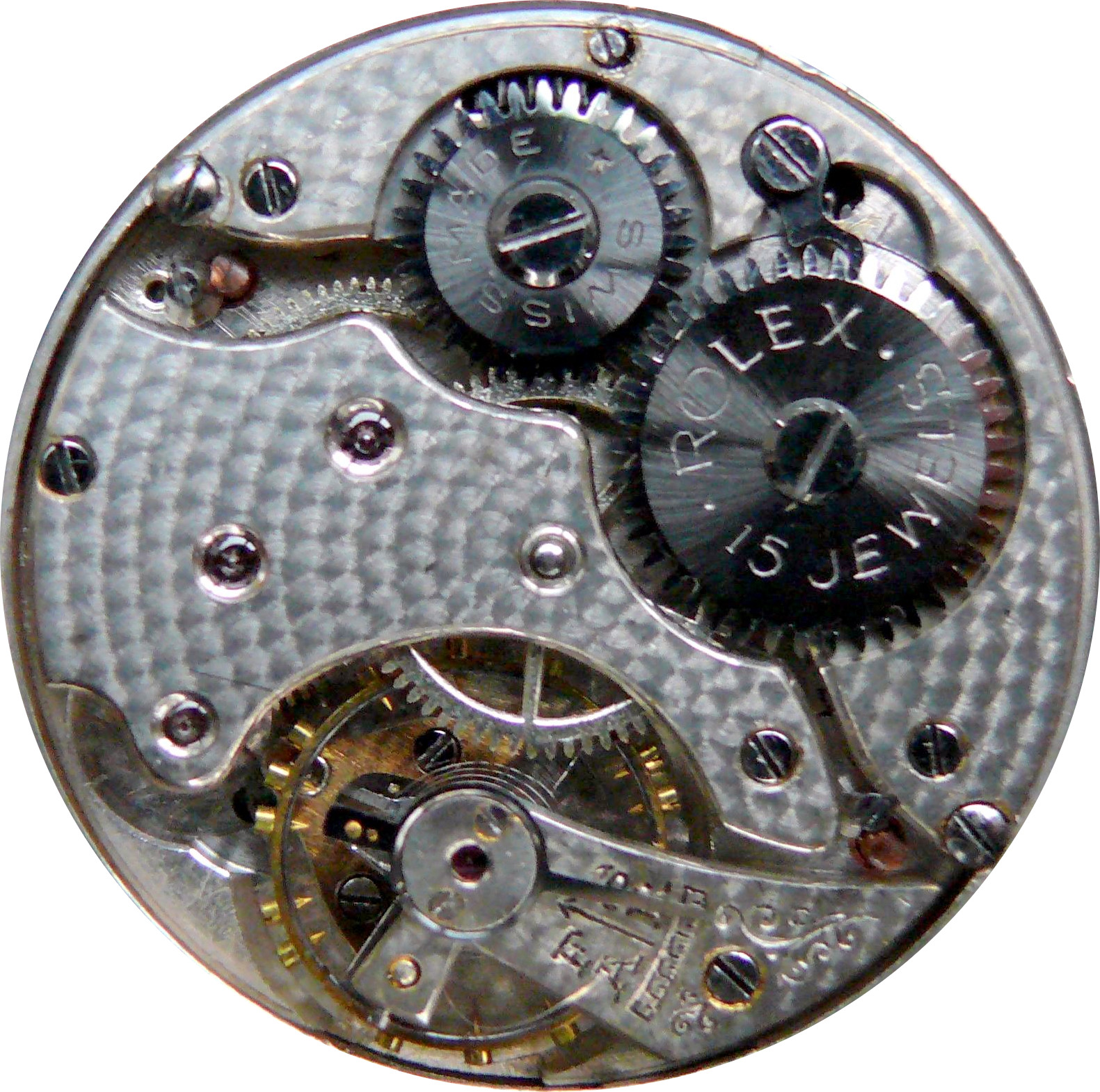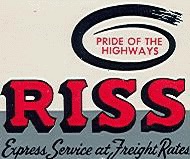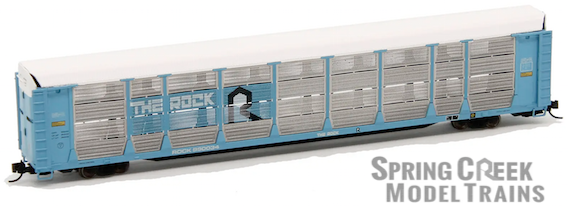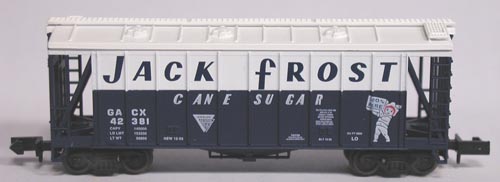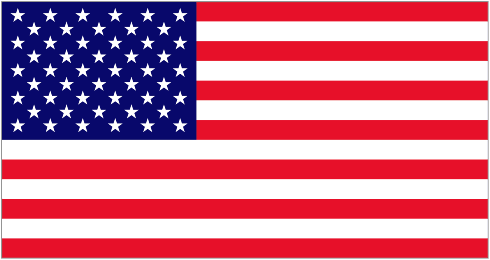Sterling Salt
| Company Name | Sterling Salt |
| Category | Mining |
| Year Founded | 1901 |
| Final Year of Operation | 1995 |
| Termination | Dissolved |
| Country | United States (Details) |
| Text Credit URL | Link |
Company History:
The International Salt Company incorporated on August 22, 1901, and in 1902, the company purchased the stock and assets of the National Salt Company, which had failed. By 1934, International Salt was a holding company for six subsidiaries: Avery Salt Company (West Virginia), Detroit Rock Salt Company (Michigan), Eastern Salt Company (Massachusetts), Independent Salt Company (New York), International Salt Company, Inc. (New York), and Retsof Mining Company (New York). All of the subsidiaries operated rock salt mines and evaporated salt plants and distributed salt. In 1940, the International Salt Company decided to sell four of its subsidiaries--Avery Salt Company, Detroit Rock Salt Company, International Salt Company, Inc., and Retsof Mining Company.
John M. Avery discovered rock salt at Petite Anse, Louisiana in 1862. Petite Anse Island was renamed Avery Island in the late 19th century. Ownership and mining of salt at Petite Anse involved numerous parties until 1886, when New Iberia Salt Company took over operations. In 1896, the Avery family began operating the mine, and they founded the Avery Rock Salt Mining Company. In 1899, the International Salt Company leased the mine.
The Detroit Salt and Manufacturing Company was founded in 1906. The company quickly went bankrupt during construction of a shaft and was acquired in 1910 by the Watkins Salt Company, which incorporated the new organization under the name Detroit Rock Salt Company. The company experienced success and the International Salt Company purchased the mine circa 1914. In 1983, International Salt closed the mine's operations and in 1985, Crystal Mines, Inc., purchased the mine as a potential storage site.
In 1885 the Empire Salt Company of New York was renamed the Retsof Mine Company, and the Village of Retsof was founded near the mine shaft. During the next 110 years, the mine grew to become the largest salt-producing mine in the United States and the second largest in the world. Before the initial collapse in March 1994, the mine encompassed an underground area of more than 6,000 acres, and the mine footprint (outer edge of mined area) extended over an area of nearly ten square miles. At the time of the collapse, the Retsof Mine was owned by Akzo-Nobel Salt Incorporated (ANSI) and, during the winter of 1993–1994 operated at full capacity to meet demands for road salt throughout the northeastern United States. The Retsof Mine ceased operations on September 2, 1995, and by December, twenty-one months after the initial collapse, the mine was completely flooded.
Sterling Salt was one of trademarks of The International Salt Company.
John M. Avery discovered rock salt at Petite Anse, Louisiana in 1862. Petite Anse Island was renamed Avery Island in the late 19th century. Ownership and mining of salt at Petite Anse involved numerous parties until 1886, when New Iberia Salt Company took over operations. In 1896, the Avery family began operating the mine, and they founded the Avery Rock Salt Mining Company. In 1899, the International Salt Company leased the mine.
The Detroit Salt and Manufacturing Company was founded in 1906. The company quickly went bankrupt during construction of a shaft and was acquired in 1910 by the Watkins Salt Company, which incorporated the new organization under the name Detroit Rock Salt Company. The company experienced success and the International Salt Company purchased the mine circa 1914. In 1983, International Salt closed the mine's operations and in 1985, Crystal Mines, Inc., purchased the mine as a potential storage site.
In 1885 the Empire Salt Company of New York was renamed the Retsof Mine Company, and the Village of Retsof was founded near the mine shaft. During the next 110 years, the mine grew to become the largest salt-producing mine in the United States and the second largest in the world. Before the initial collapse in March 1994, the mine encompassed an underground area of more than 6,000 acres, and the mine footprint (outer edge of mined area) extended over an area of nearly ten square miles. At the time of the collapse, the Retsof Mine was owned by Akzo-Nobel Salt Incorporated (ANSI) and, during the winter of 1993–1994 operated at full capacity to meet demands for road salt throughout the northeastern United States. The Retsof Mine ceased operations on September 2, 1995, and by December, twenty-one months after the initial collapse, the mine was completely flooded.
Sterling Salt was one of trademarks of The International Salt Company.
Brief History:
The U.S. is a country of 50 states covering a vast swath of North America, with Alaska in the northwest and Hawaii extending the nation’s presence into the Pacific Ocean. Major Atlantic Coast cities are New York, a global finance and culture center, and capital Washington, DC. Midwestern metropolis Chicago is known for influential architecture and on the west coast, Los Angeles' Hollywood is famed for filmmaking.
Item Links:
We found: 3 different collections associated with
Sterling Salt - Mining
- Collection N Scale Model Trains: 23 different items
- Collection HO Scale Model Trains: 4 different items
- Collection Z Scale Trains: 1 different items
Item created by: gdm
on 2017-10-20 08:42:47
Last edited by: gdm on 2021-07-10 15:51:07
If you see errors or missing data in this entry, please feel free to log in and edit it. Anyone with a Gmail account can log in instantly.
Last edited by: gdm on 2021-07-10 15:51:07
If you see errors or missing data in this entry, please feel free to log in and edit it. Anyone with a Gmail account can log in instantly.


